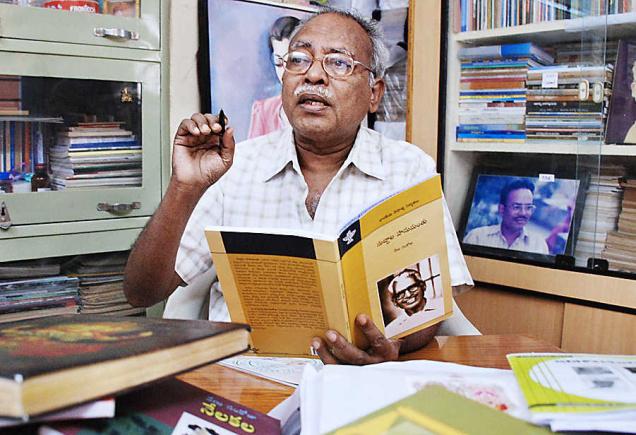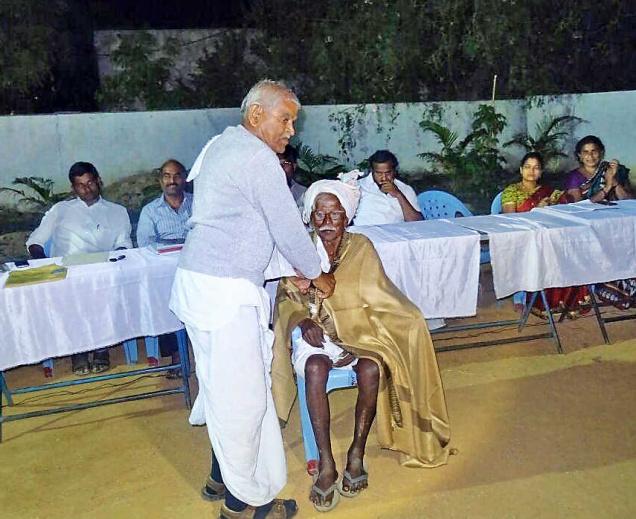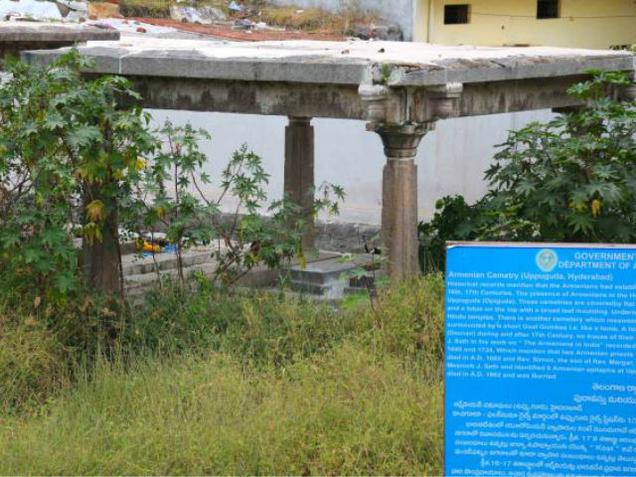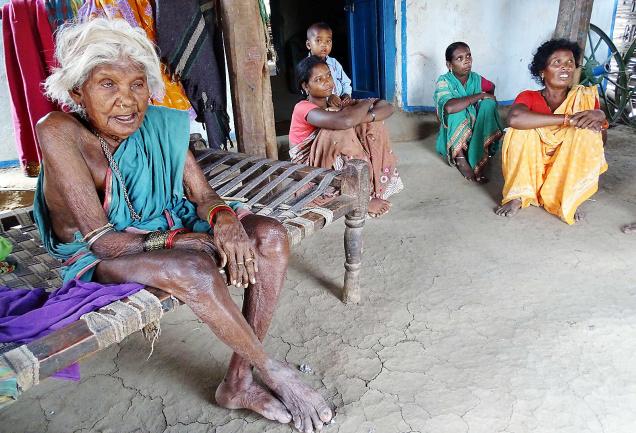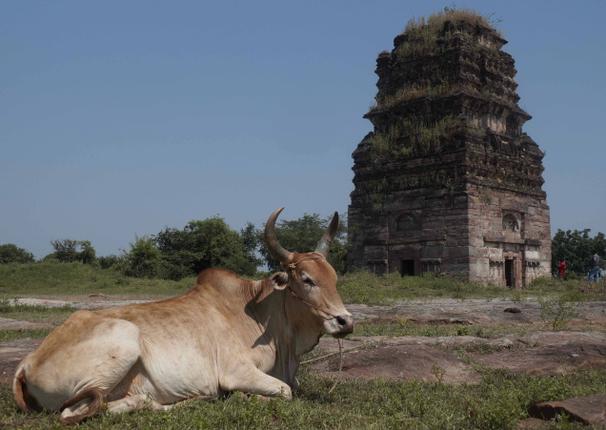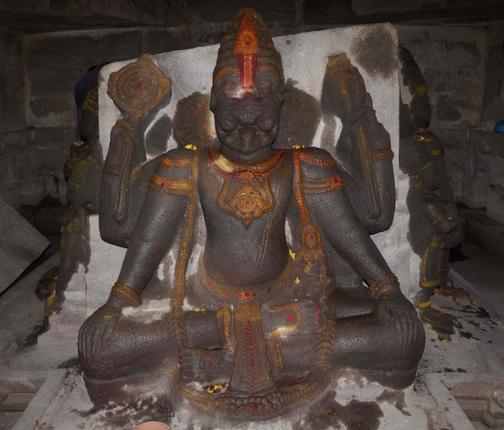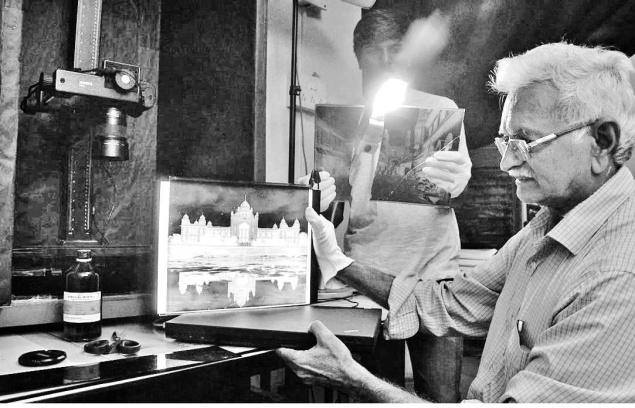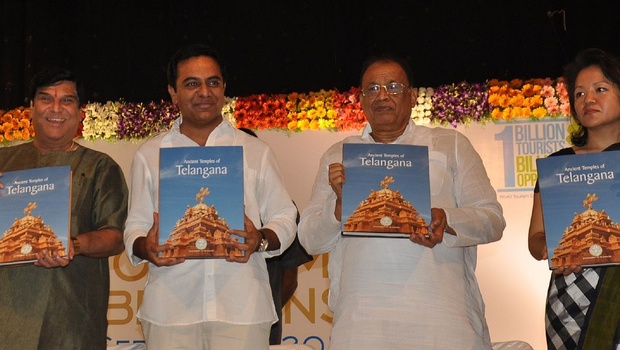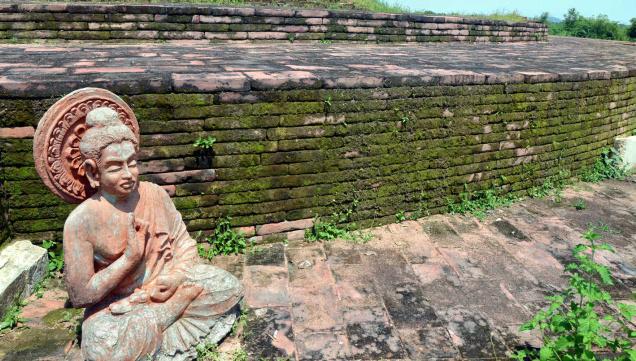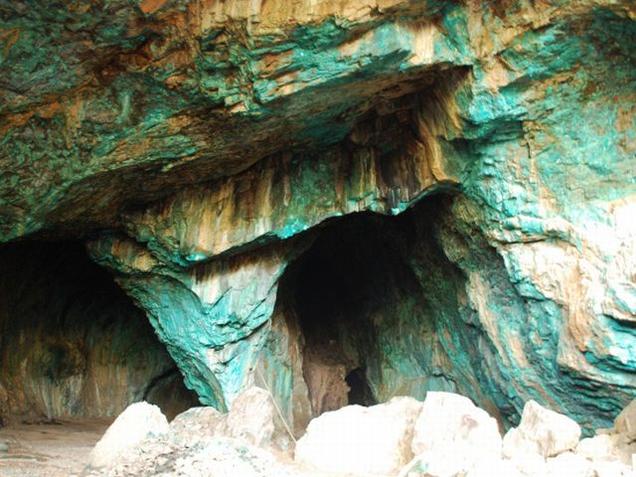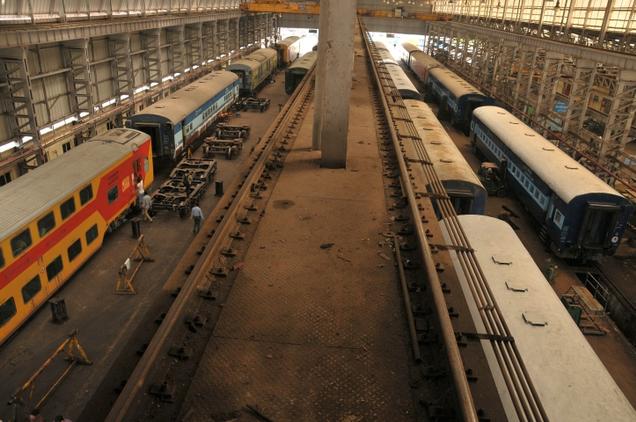
Once the South Central Railway was formed on October 2, 1966, the workshop became a major facility for the zone and it was in 1997 that it got its current name as Carriage Workshop.
Do you know how long it takes for a railway coach to go through a periodic overhaul (POH) and what is the average lifespan of a coach? How many hours are spent on cleaning up a coach after every long, overnight trip? How many wheel and axle assemblies does a coach have and how much does each of the assemblies weigh?
Answers to these and more questions were made available to the media on Monday, during a rare, ‘Media Visit’ to the Carriage Workshop at Lallaguda, run by the South Central Railway (SCR), that maintains the approximately 5,000 coaches / bogies with a similar workshop near Tirupati.
A workshop with a 123-year-old history, it was born on September 30, 1893 under the aegis of the ‘Nizam Guaranteed State Railways’ with the task of undertaking POH and repairs to broad and metre gauge steam locomotives, coaches and wagons.
It was then brought under the purview of the Nizam State Railways and later in 1951 was under the control of the Central Railways.
Once the South Central Railway was formed on October 2, 1966, the workshop became a major facility for the zone and it was in 1997 that it got its current name as Carriage Workshop. It is now going through a major, Rs.90-crore expansion as a part of which Rs.30 crore has already been spent, said Chief Workshop Engineer Som Kuwar, who has the responsibility of maintaining the 5,000-odd coaches in the two workshops.
Mr. Kuwar said the Lallaguda facility was the first workshop on Indian Railways to implement the Workshop Information System (WISE) developed by the Centre for Railway Information System, apart from having a fully-automated Distributor Valve Testing Machine uniquely-designed in-house by the Indian Railways and a Coach Management System software for day-to-day monitoring of POH.
A visit to the Lallaguda workshop shows the scale of operations that are undertaken by the approximately 3,500-odd workforce at the facility. From achieving the highest Out-Turn of 5.8 coaches a day the number today stands at roughly about seven coaches a working day. The facility complex that spans 13.97 hectares with a covered area of 4.25 hectares and a track length of 8.25 km operates on a budget of Rs.267.5 crore in the current financial year.
Its activities include overhaul of all passenger-carrying coaches including those manufactured by the Integral Coach Factory and Rail Coach Factory, Diesel Electrical and Diesel, Hydraulic Multiple Units, the MMTS coaches, the German-made Linke Hofmann Busch coaches and those of the Double-Decker trains apart from all departmental coaches, said Deputy Chief Mechanical Engineer Hemu Singh in a power-point presentation.
The workshop maintains a whopping 55 wheel and axle assemblies every day using a specialised lathe machine. The checks for wheel and axle that has a normal life span of six years, include ultrasound to detect internal cracks and one crack is enough for it to be scrapped. The average lifespan of a coach is about 25 years, mediapersons were informed.
The Head of the Lallaguda facility, Chief Workshop Manager Uday Kumar Reddy explained that among its unique selling propositions (USP) were maintenance of the Heritage John Morris Fire Engine that is an exhibit at the National Rail Museum in New Delhi and a predominantly wooden-body coach built in the year 1890 and is stationed at the workshop here itself.
Summing up, SCR’s Chief Public Relations Officer M. Umashankar Kumar said the fact that the workshop was gearing up to take up POH of coaches once in two years was an indicator of its improving efficiency levels. The POH apart, officials work on checking and cleaning up of every coach for about six hours after every overnight trip.
source: http://www.thehindu.com / The Hindu / Home> News> Cities> Hyderabad / by Suresh Krishnamoorthy / Hyderabad – February 22nd, 2016
